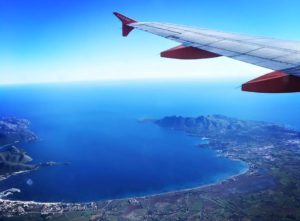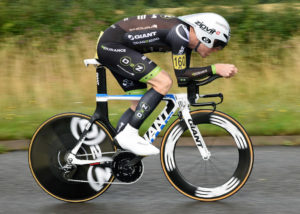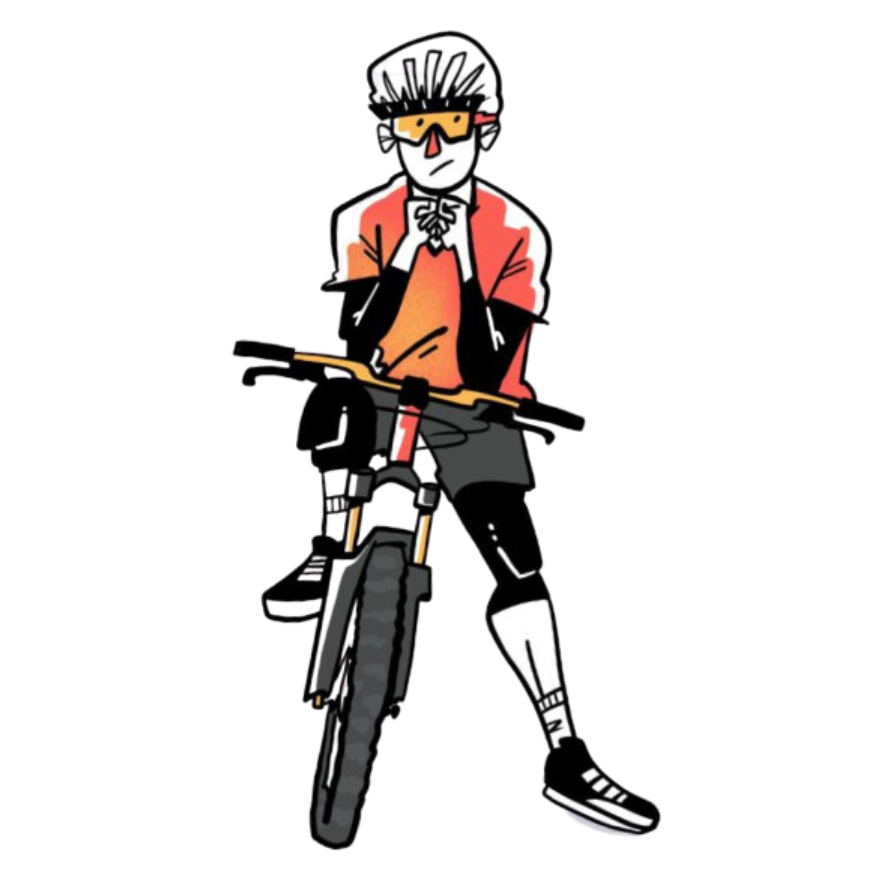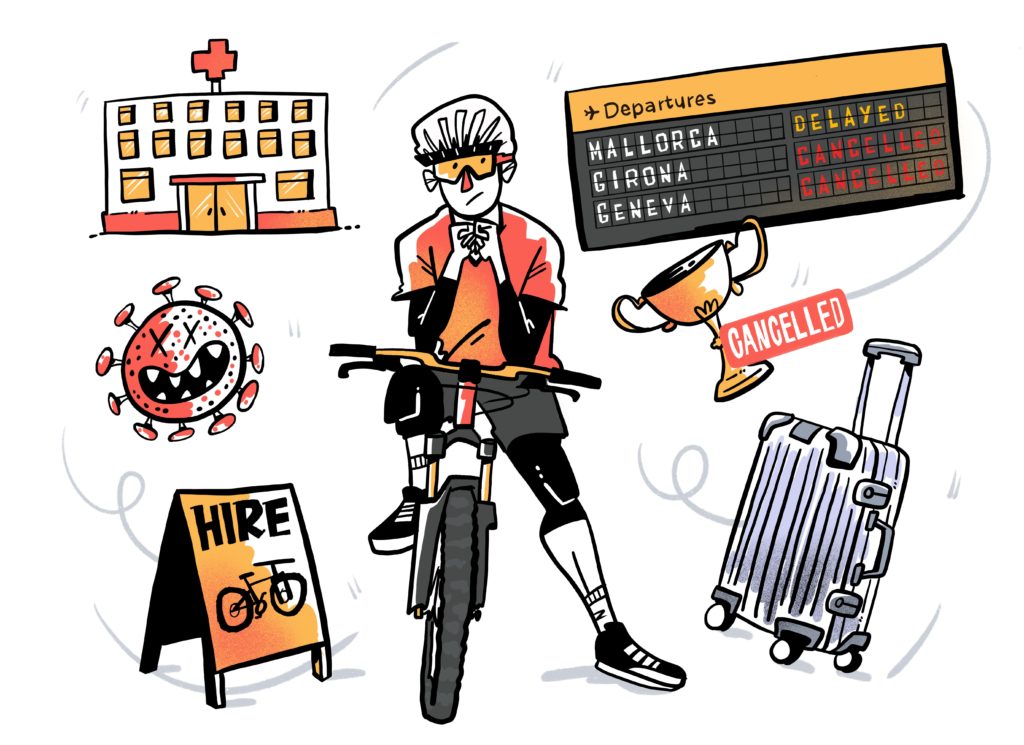You may know or have heard that the Tour de France is starting this weekend, but maybe you’re unsure what it’s all about and why it’s such a big deal? We’ve broken down everything you need to know about the biggest race on the professional cycling calendar so you can hold your own in a conversation, or at least understand why 200 riders are so obsessed with the colour yellow.
What is the Tour de France?
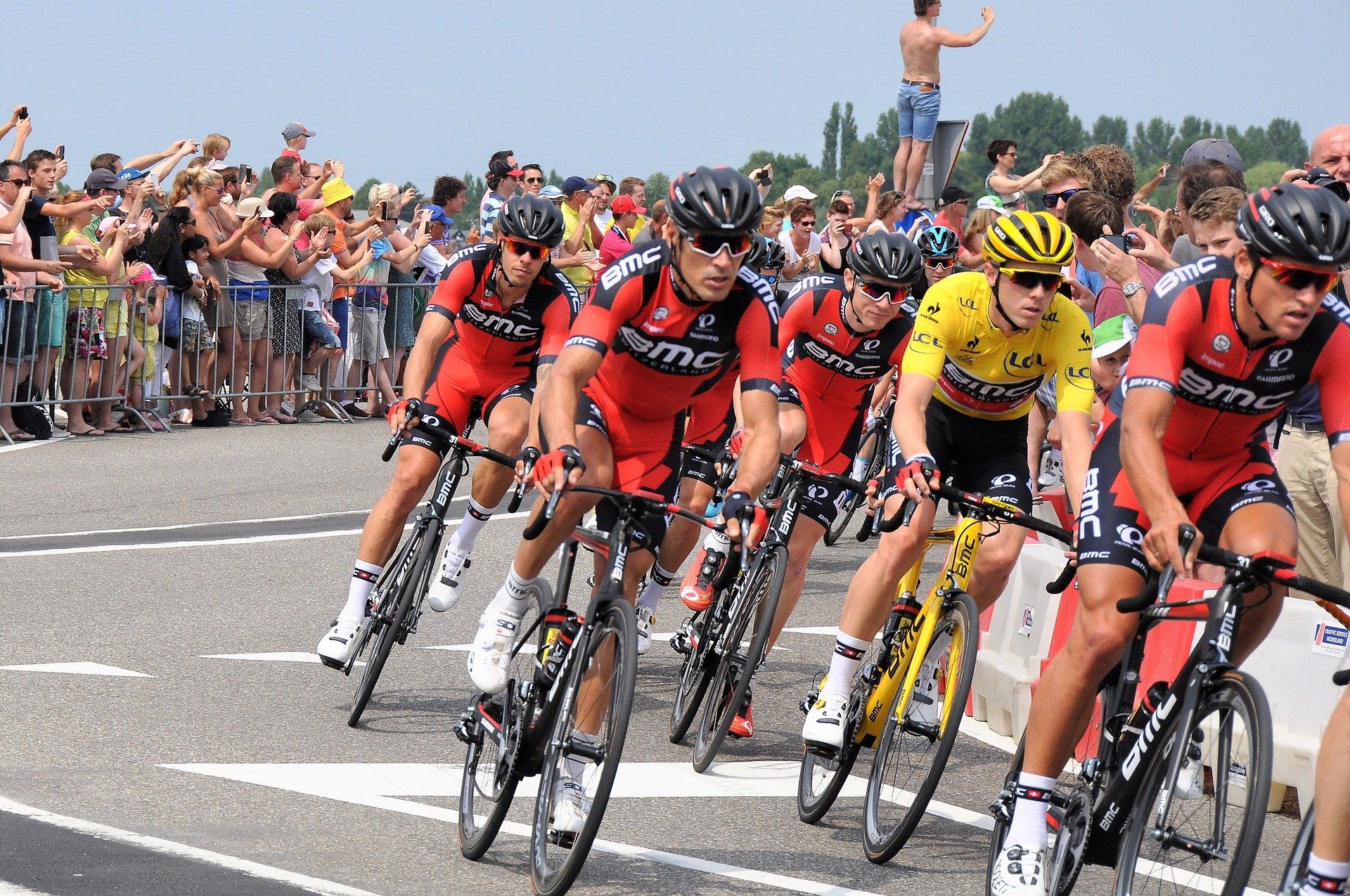
The Tour de France is the world’s largest bike race, in fact, it’s one of the world’s biggest sports events full stop. It takes place over three weeks – or 21 stages and two rest days to be precise – and brings together some of the top cyclists who fight to be the fastest rider across France. Typically they’ll travel over 2,000 miles and there will be 184 riders (23 teams of 8) in the competition.
Speaking of competition, coloured jerseys are awarded to the winners of different competitions. The yellow jersey goes to the general classification (GC) winner, i.e. the rider who takes the least time overall to finish the race. The polka dot jersey (red dots on white) is awarded to the best climber, the white jersey to the best placed young rider overall (under 25), and the green jersey is awarded to the rider who leads the points competition, which usually falls on the shoulders of a sprinter.
The 2021 Tour de France route
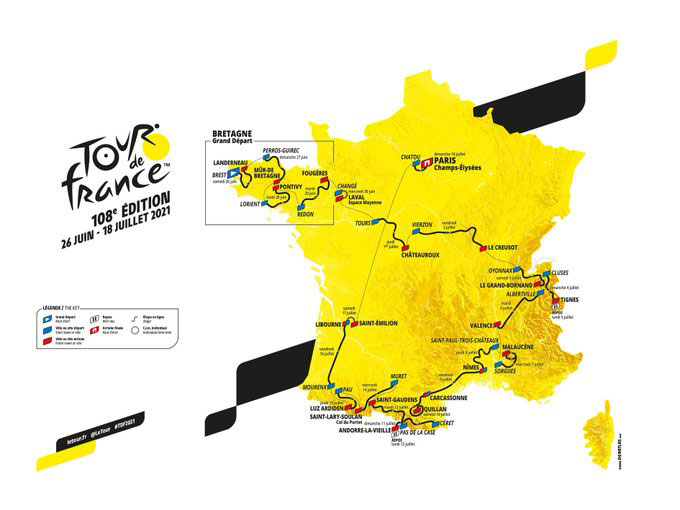
The 3,383km route for the 108th edition of the Tour de France begins in Brittany, staying in the north-western region for four stages before heading through the middle of the country and towards the Alps. The second week will see the route head south, towards the Pyrenees, and will include the legendary climb Mont Ventoux. The third and final week takes in plenty of mountains, as always, before an individual time trial on the 20th stage to cement the GC positions before the now obligatory processional stage into Paris that finishes on the Champs-Élysées.
There are two individual time trials in this year’s race, a type of stage that usually prove decisive in the GC standings. For instance, last year’s mountainous time trial on stage 20 saw Slovenian rider Primož Roglič lose the yellow jersey by over a minute to his young compatriot Tadej Pogačar.
The sprinters will have a few stages to themselves to contest bunch sprints and battle for the green jersey, and the climbers will have plenty of opportunities to pick up mountain points, especially in the second and third weeks when the race visits the Pyrenees and Alps.
The key contenders
Although many riders come to the Tour de France with great ambitions, only one can stand atop the podium on the Champs-Élysées resplendent in the yellow jersey, or the maillot jaune. After last year’s major upset on the final stage, Jumbo-Visma rider Roglič will be hoping to secure a long-awaited Tour victory, while UAE Team Emirates’ Pogačar will be looking to defend his title.
Other contenders include a star-studded Ineos Grenadiers team, which includes former winner Geraint Thomas and two Giro d’Italia winners in Tao Geoghegan Hart and Richard Carapaz. Richie Porte, who finished third overall last year with Trek-Segafredo, is also part of the squad, fresh from victory at the Critérium du Dauphiné, regarded as a ‘warm-up’ race to the Tour. With such a strong squad, we can expect to see some aggressive racing from the British outfit.
Other big names with a chance of wearing the maillot jaune include Julian Alaphilippe, of Deceuninck–QuickStep, who famously held onto the lead in the 2019 Tour for 11 consecutive stages before losing out to eventual winner Egan Bernal. He’s not your typical GC contender but few would bet against him enjoying a few days in yellow after a stage win or two.
Other riders worth mentioning include Michael Woods of Israel Start-Up Nation. The Canadian will have the services of four-time winner Chris Froome at his disposal as the Brit continues his return to form following his near-catastrophic crash in 2019. Miguel Ángel López of team Movistar is one to watch after a dominant display at the recent Mont Ventoux Dénivelé Challenge, a climb that the riders will face twice on stage 11. Simon Yates from Team BikeExchange is another rider with fine form coming into the Tour, winning the Tour of the Alps earlier this year and finishing third in the Giro d’Italia.
The yellow jersey isn’t the only hotly contested competition, however, as the green jersey is another key part of the race. Seven-time winner Peter Sagan of Bora-Hansgrohe will be back with a vengeance after missing out to Sam Bennett of Deceuninck–QuickStep last year. Bennett himself will sadly not get a chance to defend his crown after picking up a knee injury, and he has been replaced by Mark Cavendish, a 30-time Tour de France stage winner. The Brit almost left the sport last year but has experienced a renaissance of sorts in the past few months, most recently winning a stage of the Baloise Belgium Tour.
Other notable green jersey contenders include Caleb Ewan of Lotto Soudal, Jumbo-Visma’s Wout van Aert, Frenchman Arnaud Démare of Groupama-FDJ, Mathieu van Der Poel of Alpecin-Fenix and Mads Pedersen of Trek-Segafredo.
With a stellar lineup and an exciting route, we could be in for one of the closest Tour de France battles of recent years. With no clear favourite, it’s anyone’s guess who could be wearing the yellow jersey in Paris – although the chances are good he’ll be Slovenian…
If the Tour de France has inspired you to get your bike out of the shed, make sure you’re covered in case of any eventualities. Our specialist home and bicycle insurance will protect your bike(s) at home and overseas, whether riding for leisure or racing. Get a free no-obligation quote now to see just how much it will cost to keep you and your bike covered.
Words: Rebecca Bland




